DeepSun Citizen Science Project: beat AI in classifying sunspots !
SUNSPOT CLASSIFICATION TUTORIAL
Introduction
You will be presented small pictures of 350px x 350px. These pictures were cut from the full Solar disk image produced at USET (Uccle Solar Equatorial Table). Inside each box there's ONE and only ONE sunspot or sunspot group to CLASSIFY.
Sometimes you will see more than one group in the box. You should focus on the most central zone.
To help you visualize, here's approximately the zone you should focus on.
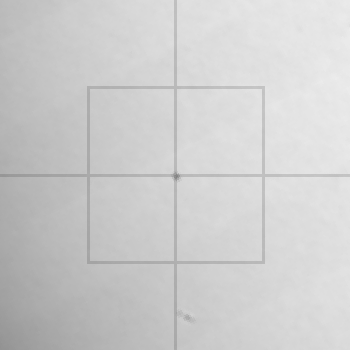
For each picture that will be presented to you, you have to classify the SUNSPOT(S) that you see. This classification is done in 4 easy steps, based on the characteristics of the sunspots.
Those 4 steps are : POLARITY, PENUMBRA, SYMMETRY and DISTRIBUTION.
For each of those steps you will have to choose between 2 or 3 options.
It's easy if you follow the steps and focus on only one feature at the time.
Classification
Click on any of the 4 STEPS to see more information
| 1 - POLARITY |
EXAMPLE |
DEFINITION |
| Unipolar |
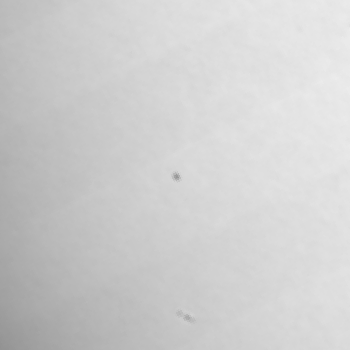 |
The polarity of a group is comparable to the polarity of magnets. For some groups you can see both poles, positive and negative, and for some you can only see one.
In the case of an UNIPOLAR group, you can only see one pole, the second one is invisible to the naked eye because it's too weak.
UNIPOLAR group type is usually for one unique spot or a few small lonely spots, close to one another. |
| Dipolar |
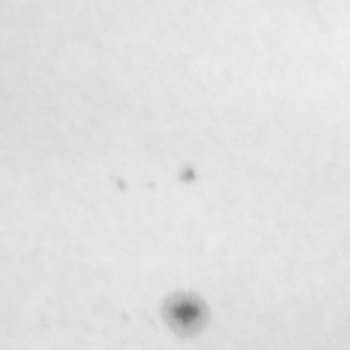
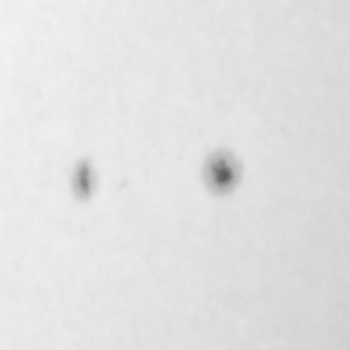 |
DIPOLAR group type is made of several sunspots (at least 2) that form a larger group than the UNIPOLAR type.
They are made of two groups/poles of sunspots that form a DIPOLE, just like the poles of a magnet.
This DIPOLE can sometimes be very visible, because there are no sunspots in between both small groups.
|
| 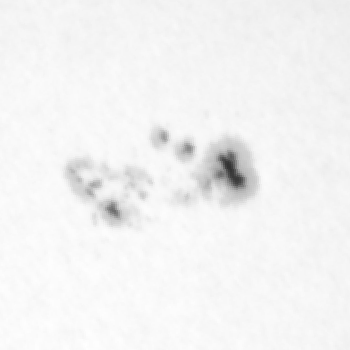 | And sometimes there are so many tiny sunspots or a very large sunspot inbetween the POLES that it looks like one BIG sunspot. |
| 2 - PENUMBRA |
EXAMPLE |
DEFINITION |
| None |

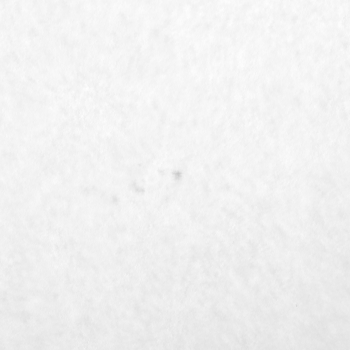 |
Here, you are asked to define if the sunspot group has PENUMBRA(S).
The PENUMBRA is the grey area surrounding the darker(black) area of a sunspot, which is the umbra.
In this first example, we are looking at a single sunspot with NO PENUMBRA.
If the sunspot group, whether it is UNIPOLAR or DIPOLAR has NO PENUMBRAS then choose NONE.
Sunspots with NO PENUMBRA are by definition smaller than those with PENUMBRA.
If you can't see the difference between umbra and PENUMBRA, then it is only umbra that you see.
|
| One side |
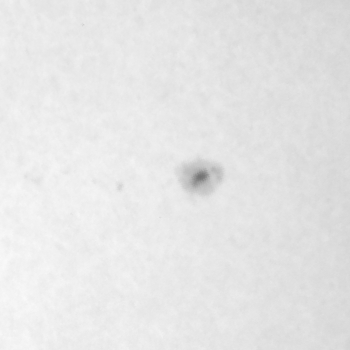
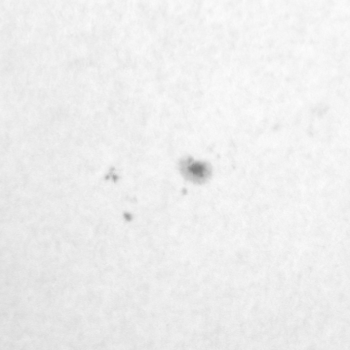
|
Only one POLE(side) has umbra and PENUMBRA. The other has only simple sunspots (dots).
Usually the PENUMBRA side is a bit bigger than the simple spots.
|
| Both sides |
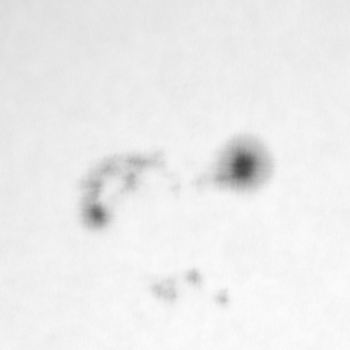 |
Both POLES (sides) have PENUMBRA and umbra
|
|
| 3 - SYMMETRY |
EXAMPLE |
DEFINITION |
| Symmetric |

|
Here, you are asked to define if the shape of the sunspot is SYMMETRIC or not.
This applies only to spots with PENUMBRA, others are considered more like points, with no shape.
For a DIPOLAR group, SYMMETRY only concerns the BIGGEST sunspot in the group.
TIP : symmetric sunspots tend to have only one UMBRA inside a circle shaped PENUMBRA. |
| Asymmetric |
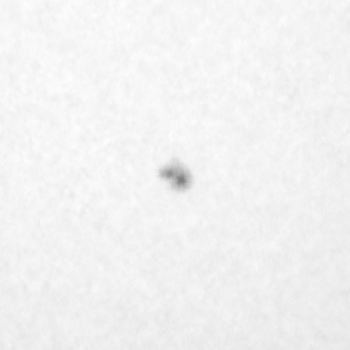  |
SYMMETRY only concerns the biggest sunspot in the group. If the biggest sunspot of a DIPOLE is asymmetric, it should be classified as ASYMMETRIC, even if the smaller one is symmetric.
TIP : asymmetric sunspots tend to have more than one UMBRA.
|
| 4 - DISTRIBUTION |
EXAMPLE |
DEFINITION |
| Open |

|
DISTRIBUTION only concerns the DIPOLAR groups. An OPEN DISTRIBUTION means that here are no other sunspots between the ones forming the POLES of the DIPOLAR group. |
| Frag |
 |
If there is one or more sunspots between the DIPOLES of a DIPOLAR group then DISTRIBUTION is FRAG (for fragmentary). |
Whenever you feel ready, we can jump into it, just hit the button to start the experience !
Let's GO !














